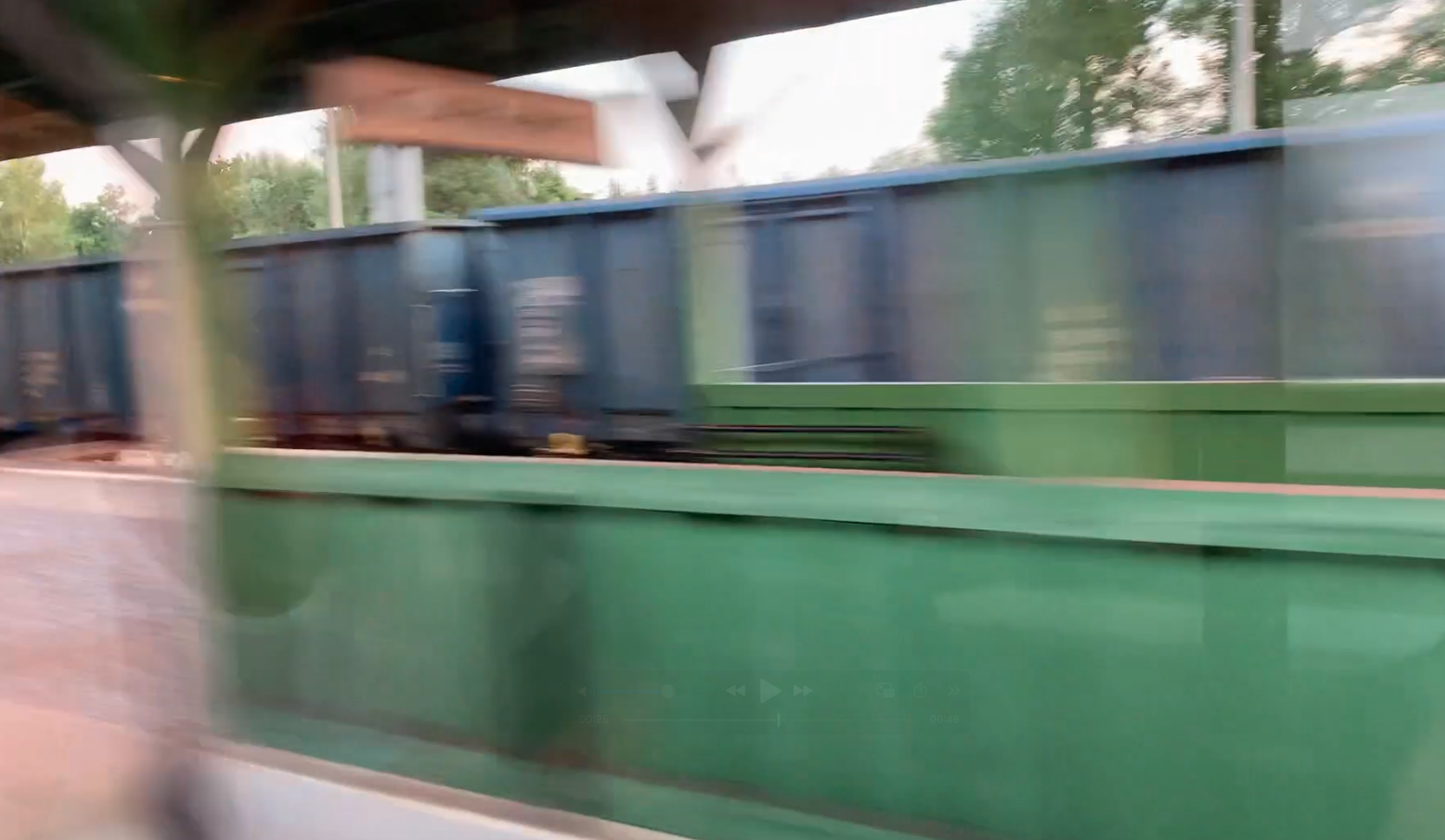Wrocław 2025-04-03
Wrocław Leśnica.
Leśnica is currently a district of Wrocław. Leśnica was incorporated into the city on April 1, 1928. In 2017, the district had 28,082 inhabitants. In Germanic times, the district was called Deutsch Lissa. It is over 15 km from Leśnica to the center of Wrocław. The settlement was established on the road leading from Wrocław to Środa Śląska. The Bystrzyca River flows through the settlement on the eastern side. There are other smaller watercourses in the settlement. The settlement obtained city rights in 1261, but before 1700, it was deprived of city rights. In the 13th century, it was a Piast castellan stronghold. Administrative authority was exercised by the mayor. The town had the right to organize fairs twice a year. The town developed as a typical street village. In the 14th century, it was over 2 km long. Some of the residents worked for the needs of the existing Piast castle. The town gradually lost its character of a linear village and developed towards the south and north, avoiding wetlands. In the 15th century, the town lost its importance because the local rulers did not have a high social position. Most of the inhabitants worked in the fields. In the period 1733–1753, Leśnica was owned by a hospital and monastery of the Order of the Crusaders with the Red Star, located at the church of St. Matthias.
In 1844, the town gained a railway connection with Wrocław and Legnica. The railway changed a lot. Leśnica became a resort near Wrocław. Many wealthy residents built villas, houses and tenement houses here.
During World War II, a concentration camp subordinate to the Gross Rosen camp was built in Leśnica. It held almost 1,000 prisoners at a time, mainly Poles. The sub-camp was liquidated on January 23, 1945.
In 1948, the town was given the name Leśnica, which replaced the Germanic name Lissa. In 1991, Leśnica, together with eight other settlements, was incorporated as an administrative unit into the borders of Wrocław. In 2004, the district had about 20,000 inhabitants. The 10th Wrocław Command Regiment is also stationed in Leśnica.
A valuable monument of Leśnica is the castle complex, the former residence of the Piast dynasty. The building was destroyed and rebuilt many times. In the period 1339-1945, the castle became the residence of wealthy families of Wrocław burghers. During World War II, the castle was not damaged. After a fire in 1953, it was rebuilt and rebuilt for the needs of a cultural center, without preserving the interior design and furnishings. Currently, it houses the “Zamek” Cultural Center, together with a park.
Railway in Leśnica.
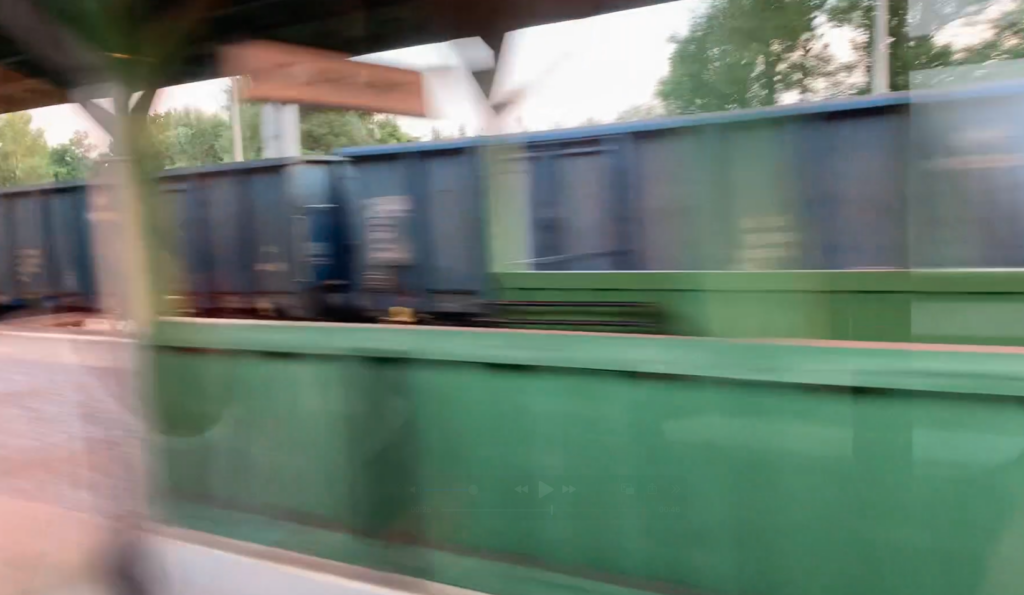
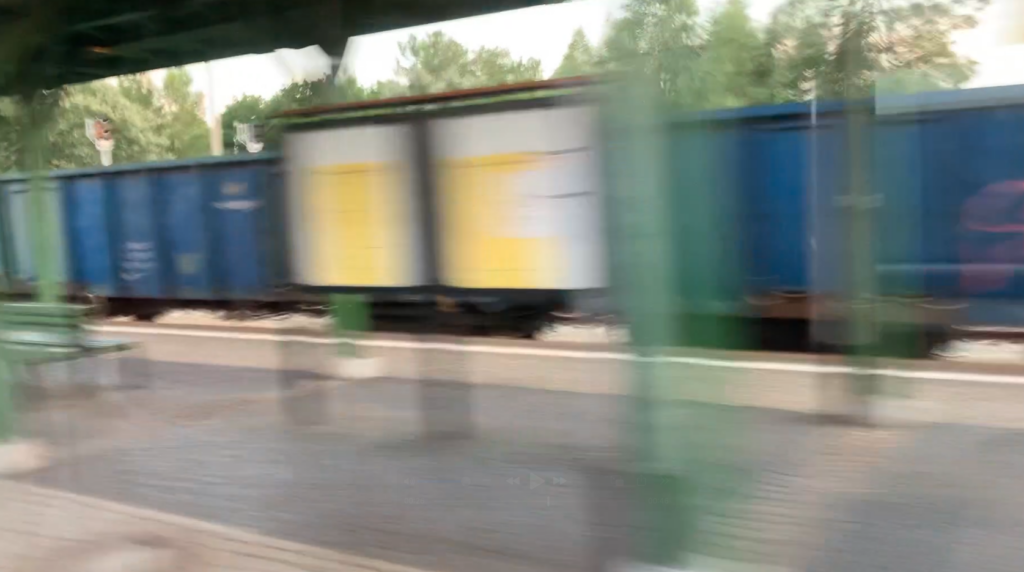

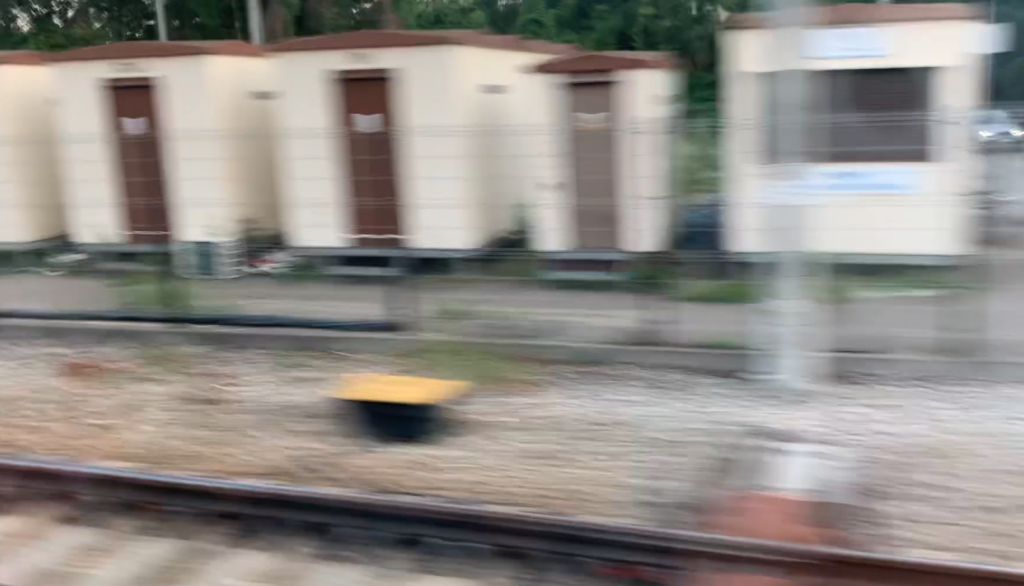
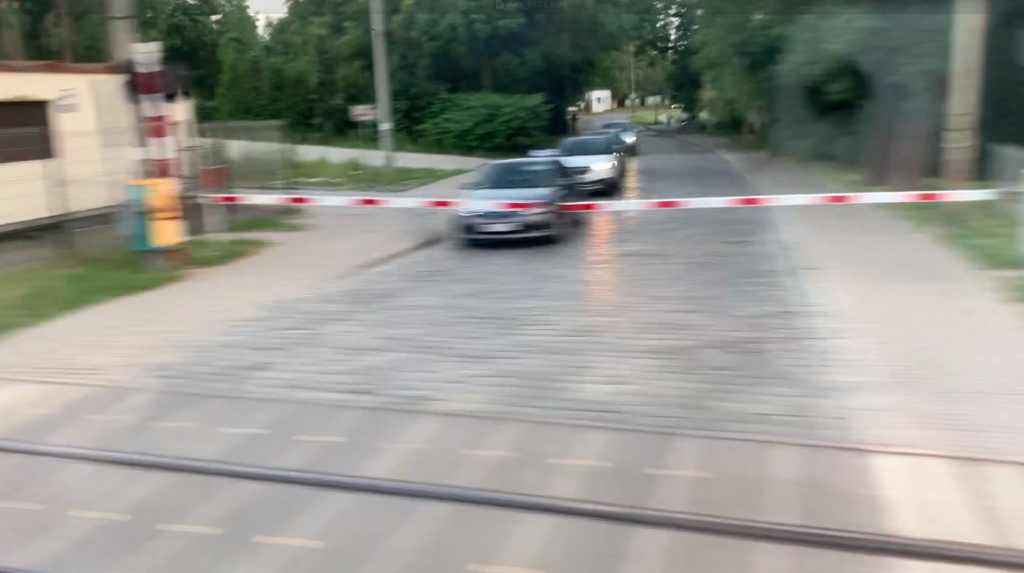
The Wrocław Leśnica station is located in the district, on Railway Line No. 275. In 1844, the town gained a railway connection with Wrocław and Legnica.
Railway Line No. 275 Wrocław Muchobór – Gubinek. The line is 192.658 km long. The line runs through the Lower Silesian and Lubuskie Voivodeships. The line was originally a Germanic Wrocław-Berlin line, which was built in the period 1844-1946. The line was built by the Lower Silesian-Marchian Railway. Today, the technical standard and importance of the route vary, depending on the section of the line, because it lies in two countries. The Wrocław-Miłkowice section has remained double-track, has been electrified since 1984 and is part of the pan-European transport corridor E-30, running towards Zgorzelec. On the Miłkowice-Żagań section, the line is single-track and has local significance. The Żagań-Gubinek section is partially impassable. On the Wrocław-Rokitki section, the line has national significance and is a single section with the section of railway line No. 303, leading from Rokitki to the military sidings in Duninów. The maximum speed on LK No. 275 is 160 km/h. The Wrocław Leśnica railway station complex is located at 20 Rubczaka Street and is classified as a historic building. Two shelters on Platforms 1 and 2 were built in 1900. In 1903, an underground passage was built between Platforms 1 and 2, and a signal box was built.
On May 2, 2007, the station was entered into the list of historical monuments, under the registration number A/1011/1-7. The station was put into service on October 19, 1844. Other sources give the date of 1847. This was at the time when the Wrocław – Legnica line was put into service. The first name of the station was Lissa, but since the station in Leszno also had the name Lissa, Deutsch Lissa was added to the name. This was done in 1901, when the railway companies were partially merged. In 1931, Breslau Deutsch Lissa was added to the name. In 1936, the name was changed again, this time to Breslau Lissa. In 1945, when Wrocław was incorporated into Poland, the name was changed to Wrocław Leśna, and finally in 1948, to Wrocław Leśnica.
The station building was built according to a standard plan and is poor, two-storey, asymmetrical, 7-axis, with few ornaments. The station is covered with gable roofs, with a small slope. Over time, single-storey wings were added to the building. In the period 2010-2011, the Wrocław Leśnica station underwent a thorough renovation. During this renovation, the historical layout and historical flooring made of patterned terracotta were preserved. Inside there are two ticket windows, a waiting room, toilets, vending machines with drinks and snacks. Architectural barriers for people in wheelchairs were eliminated. A green clock modeled on historical clocks, with two dials with Roman numerals, was installed on the building’s facade. The door and window joinery is green. The external walls are painted white.
There is a wooden roof between the station and the tracks and there was a fence. Entrance to the platforms was only with a valid ticket. There were also kiosks with newspapers, drinks and food. At that time, there was one platform at the station and one island platform, with a roof.
In the 1930s, 30 trains stopped at the station per day. These were local and long-distance trains. The local carrier was the Nahverkehr city railway, and the long-distance trains were operated by Deutsche Reichsbahn. There was a third track, which was built on the Wrocław Świebodzicki – Leśnica section. The track belonged to the Nahverkehr city railway. The lines were used by the residents of Leśnica to commute to schools, offices and work in Wrocław, and the residents of Wrocław went to Leśnica for leisure. The existence of this line is evidenced by the remains of an additional span of the bridge over the Ślęża River.
In 1946, PKP launched passenger trains to transport employees to the PaFaWag factory. After World War II, PKP trains went to Wrocław Świebodzki station, where they ended or started the route, or to Wrocław Główny station. Wrocław Świebodzki station was closed in 1991.
The line was electrified in 1983-1984. The “Wrocław Leśnica” traction substation is located south of the station. In the period 1945-1995, 8-12 trains stopped at the station per day.
Until 2012, the station had only two platforms and three platform edges. Wooden shelters were on both platforms. In the period 2012-2013, the station underwent a thorough reconstruction, as part of the renovation of the international line E-30. The track system, traction network, and engineering structures were modernized. The platforms and historic shelters were renovated. The historic green color of the shelters was preserved. Another Platform 3 was added. The surfaces were made of basalt blocks. Guide paths and warning lines were installed. Small architecture was installed; historic lanterns, benches, waste bins, clocks. The dominant color is black. Black steel balustrades were installed because the platforms are higher and there were offsets. Never in its history has the Wrocław Lesnica station looked as attractive as it does now.
There are three platforms at the station. Platform 1, single-edged, is located at the station. It is 300 m long and its roof is 80 m long. Platform 2 has two edges, is 320 m long and its roof is 74 m long. Platform 3 has two edges, is 211 m long and its roof is 57 m long.
In 2013, ramps and a tunnel for passengers in wheelchairs were installed in the southeastern part of the platforms. The exit from this tunnel is to both sides of the city: Kącka Street and Wyboista Street. The tunnel under the platforms in the northwestern part has only stairs. It only connects the platforms with the station and Jana Rubczaka Street. There is no exit to Wojska Polskiego Street. Currently, this tunnel has been renovated and extended. Cream tiles have been installed on parts of the tunnel walls, supplemented with a navy blue stripe. Never in history has the tunnel had a glazed cladding. The date 2013 was placed on the new part of the tunnel.
Since 2005, the number of trains has been systematically increasing, due to the establishment of Koleje Dolnośląskie. In 2019, the number of trains stopping at the station exceeded 30. These are mainly EZT trains. Currently (2025), only Koleje Dolnośląskie trains stop at the station. The journey from Leśnica to Wrocław Główny station takes 15 minutes. The station serves about 1,200 passengers per day. In April 2025, 48 trains departed per day. You could go to the following stations: Bolesławiec, Głogów, Legnica, Lubań Śląski, Lubin, Wrocław Główny, Zgorzelec.
The station has additional tracks, suitable for use. There is also a ramp and a storage yard. In front of the station, on the Wrocław side, there is a railway bridge over the Bystrzyca River. The current bridge is a post-war structure. There was also a railway siding in its history, which led to the military unit and to the Wrocław Fireproof Materials Plant. It no longer exists. On the western side of the station, there was a warehouse made of half-timbered brick, which was demolished in 2009.
Trzmielowicka Street crosses the tracks at a guarded railway crossing. At this crossing, there is a container signal box Wrocław Leśnica “WL”, which was liquidated after the renovation of the brick signal box. On the station premises, by the station, there is a chapel of Saint Catherine of Alexandria, the patron saint of railway workers. There is a small car park by the station (Trzmielowicka Street) and a bicycle parking lot by the station. A large car park is located 300 m from the station, by the tram terminus and bus stops, in the north-east direction.
Written by Karol Placha Hetman
